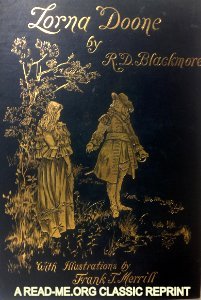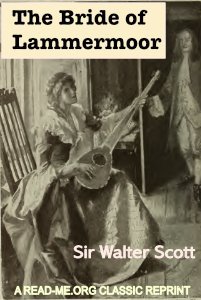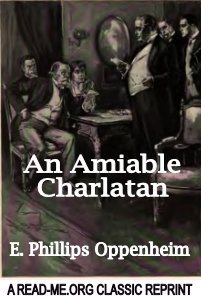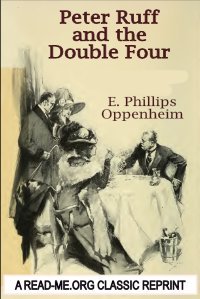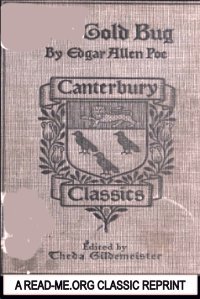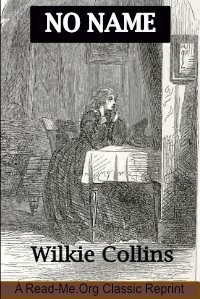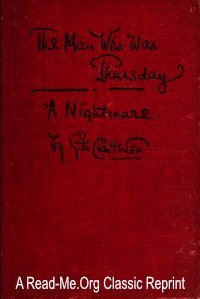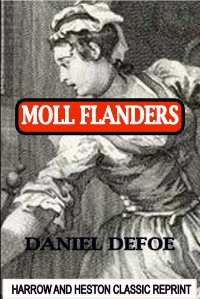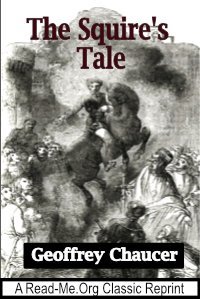By R.D. Blackmore.
“This work is called a 'romance,' because the incidents, characters, time, and scenery, are alike romantic. And in shaping this old tale, the Writer neither dares, nor desires, to claim for it the dignity or cumber it with the difficulty of an historic novel….Every woman clutched her child, and every man turned pale at the very name of "Doone" ….John Ridd, an unsophisticated farmer, falls in love with the beautiful and aristocratic Lorna Doone, kidnapped as a child by the outlaw Doones on Exmoor. Ridd's rivalry with the villainous Carver Doone reaches a dramatic climax that will determine Lorna's future happiness.”
New York: Harper & Brothers, 1878. 280p.


